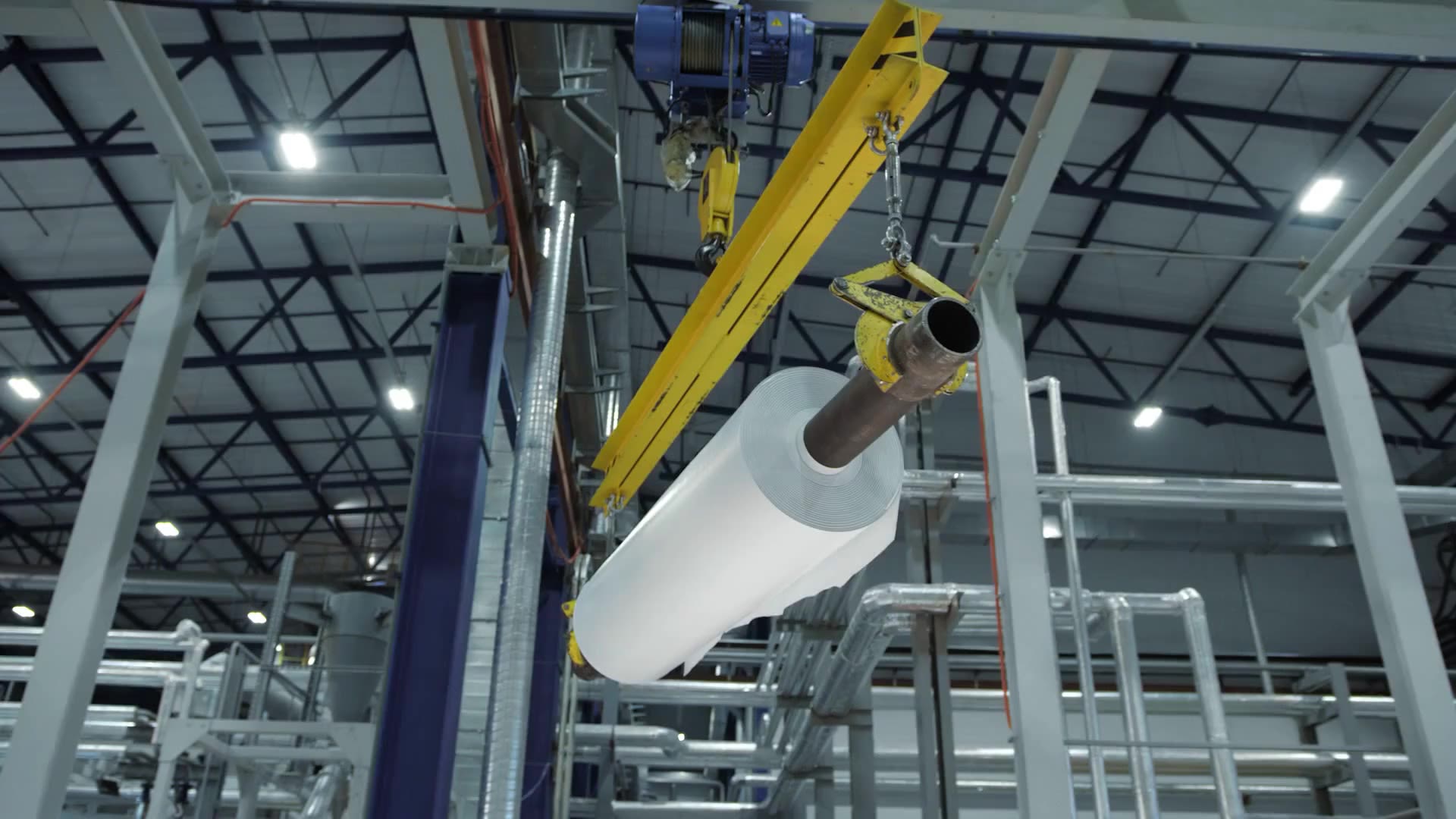US import ban on Chinese PVC producer may have implications for vinyl flooring

Polyvinyl chloride (PVC) trade flows within China may adjust in response to the US Department of Homeland Security’s (DHS) recent ban on imports on goods produced by Xinjiang Zhongtai Chemical.
The DHS announced the ban on 9 June, and it came into effect on 12 June.
Xinjiang Zhongtai Chemical is a carbide-based polyvinyl chloride (PVC) producer located in China, with 1.8m tonnes/year of PVC production capacity, according to ICIS data.
Xinjiang Zhongtai Chemical’s total operating revenue in 2022 was 55.91 billion Chinese yuan, of which domestic revenue accounted for 93.4 per cent, and export revenue accounted for the remaining 6.6 percent, according to a statement released by the company’s board of directors seen by ICIS.
The ban will not have a major impact on the company’s production and operations, the statement added.

Imports on goods produced by another carbide-based PVC producer, Xinjiang Tianye, have also been banned since July 2020. Xinjiang Tianye is a subsidiary of Xinjiang Production and Construction Corps (XPCC) and has 1.4m tonnes/year of PVC production capacity, according to ICIS data.
Since early 2023, some downstream vinyl flooring shipments from converters in China and Vietnam have been asked by US customs to provide documentation that the raw PVC resin was not procured from any sanctioned entities, according to market participants.
PVC converters who export their finished products to the US may subsequently avoid procuring PVC resin from sanctioned entities in China.
“But as long as [PVC converters] do not export finished products to the US, I think the ban will have little impact”, added a trader based in China.
Vinyl flooring is one of the larger applications for China’s domestic PVC markets, of which a significant proportion is exported overseas to markets such as the US and Europe.

But logistical complications, as well as rising inflation in both US and Europe, and slowing US residential housing starts, have capped demand in this sector.
Combined with China’s ongoing real estate slump, the country’s domestic consumption of PVC has been weaker than expected, and producers in the country have increasingly turned to the export markets.
China has the largest PVC production capacity globally, at around 30m tonnes/year based on nameplate capacities. Around 80 percent of China’s PVC production is via the carbide-based route. Outside China, almost all PVC resin is produced via the ethylene-based route.
ICIS data showed China’s PVC exports in Q1 2023 were at their highest on record, surpassing the combined export volumes of the other northeast Asian locations of Japan, South Korea and Taiwan for the first time.

The increased PVC exports from China resulted in an influx of regional resin supply amid sluggish demand caused by the macroeconomic headwinds of rising inflation and high interest rates.
ICIS price assessments of ethylene-based and carbide-based PVC exports from China on FOB (free on board) terms in 2023 are far from the record highs seen in late October 2021.
Chinese PVC producers are likely to continue to navigate increasingly complicated hurdles for their exports, including India’s recent import restrictions on resin with residual vinyl chloride monomer above 2 parts per million.
Other applications for PVC include pipes and profiles in the construction sector, in the automobile industry and for medical devices.
Author
Jonathan Chou is a Markets Editor from ICIS, covering the Asia vinyls portfolio – Caustic soda, Ethylene Dichloride, Vinyl Chloride Monomer and Polyvinyl Chloride since 2018.
Anticipate the next move in PVC markets confidently through advanced data analytics, expert insight and trusted intelligence to help power the future of your business.
Related content
Speak with ICIS
If you are interested in learning about how our specialist insight can help you make better business decisions, contact the ICIS team today. Simply complete the form and we will get in touch with you as soon as possible.



